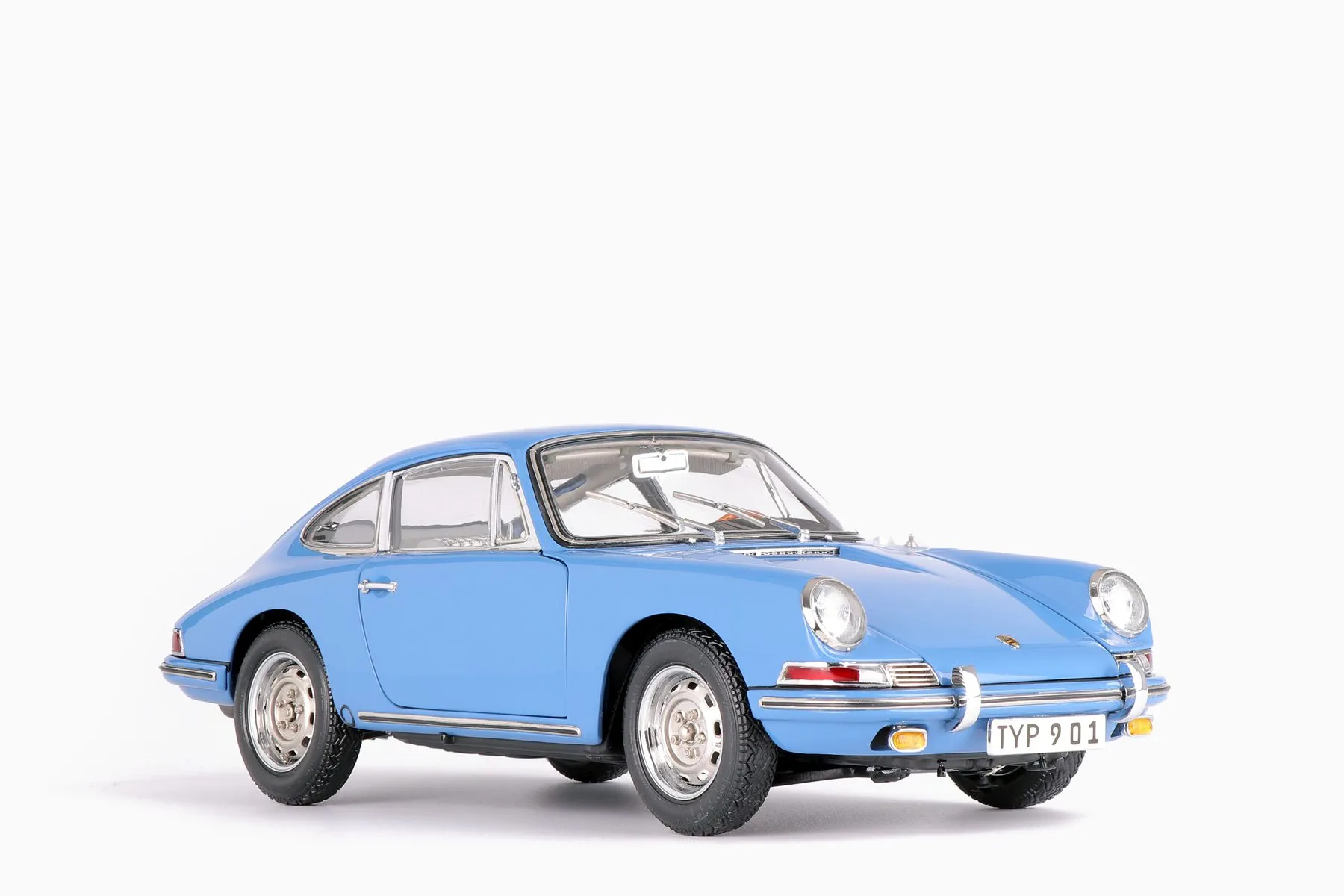Resin vs Diecast Models The Showdown Begins
The world of scale model collecting is a fascinating one, filled with meticulous detail, passionate enthusiasts, and a wide variety of models. Among the most popular types are resin and diecast models, each offering a unique set of characteristics that appeal to different collectors. This article will delve into the heart of the resin vs diecast models debate, comparing their materials, production processes, advantages, disadvantages, and ultimately, helping you determine which type of model best suits your collecting preferences. Whether you’re a seasoned collector or just starting out, understanding the nuances of these two model types will undoubtedly enhance your appreciation for the artistry and craftsmanship involved.
Understanding Resin Models
Resin models are typically crafted from a type of synthetic resin, often polyurethane. This material is poured into molds to create the various parts of the model, which are then assembled and painted. Resin models are known for their intricate details and the ability to replicate complex shapes and designs. They are often considered the premium choice for collectors seeking highly accurate and detailed replicas. Furthermore, resin models are often produced in limited quantities, which can increase their value over time, making them sought after by serious collectors looking to expand their collection with rare and exclusive pieces.
The Resin Material
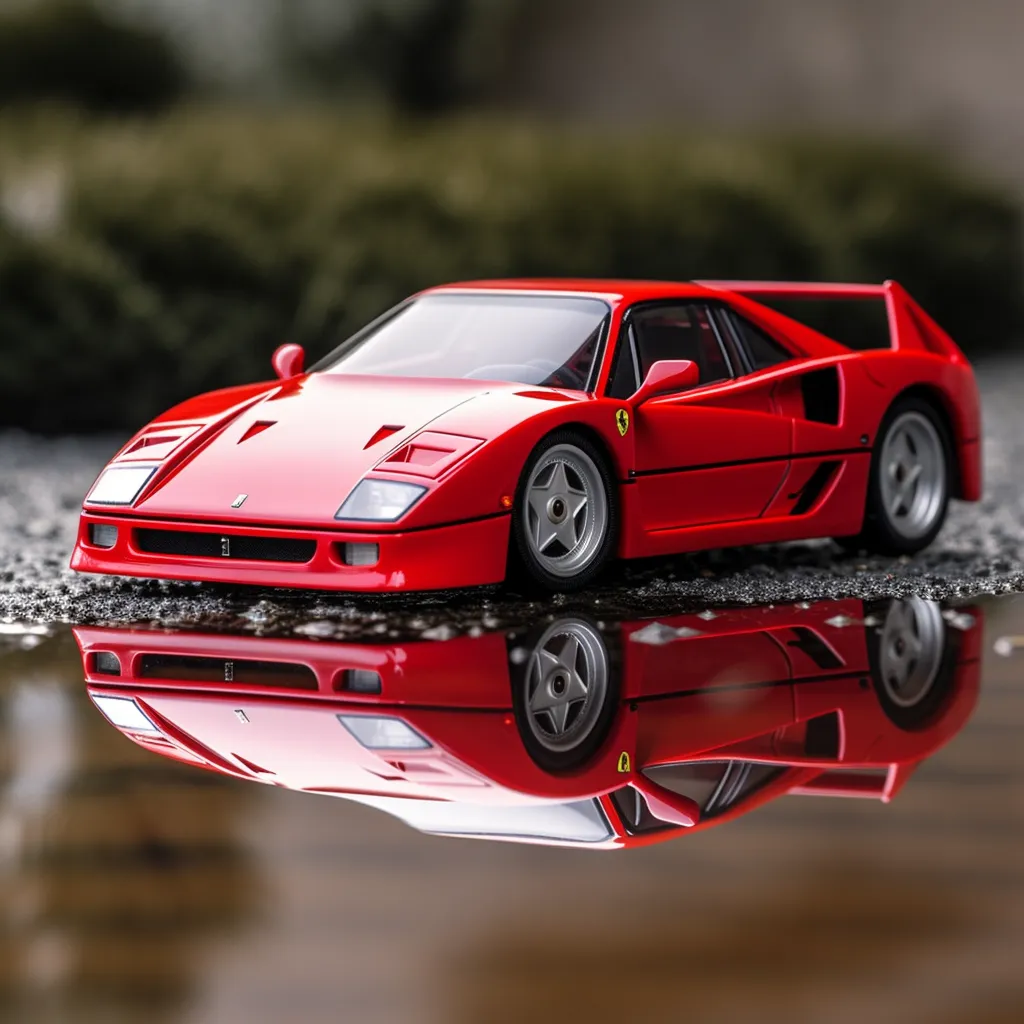
The resin used in these models is a liquid plastic that hardens when mixed with a catalyst. This allows for incredibly detailed parts and complex shapes, making it ideal for replicating fine features. The material is also relatively lightweight, which can be advantageous for display and transport. The flexibility in design and the ability to capture minute details set resin models apart. The material’s properties allow manufacturers to create highly detailed replicas, making them a favorite among collectors who prioritize accuracy and realism in their models. The versatility of resin is key to its popularity in the model-making world.
Resin Model Production Process
The production of resin models is a meticulous process. It begins with the creation of master models, often 3D-printed or hand-sculpted. These masters are then used to create molds, typically made of silicone. The resin is carefully poured into the molds, and once cured, the parts are removed, cleaned, and assembled. Painting is another critical stage, with skilled artisans applying intricate paint schemes and decals to achieve a high level of realism. Finally, the models undergo rigorous quality control to ensure that they meet the high standards expected by collectors. This multi-step process emphasizes precision and craftsmanship.
Pros of Resin Models
Resin models offer superior detail and accuracy, capturing the most intricate features of the original vehicle. This makes them highly desirable for collectors who prioritize realism. The material allows for complex designs and shapes that are difficult to achieve with other materials. Often produced in limited editions, these models can become valuable collector’s items, adding to their appeal. Resin’s ability to replicate fine details, like intricate grilles or complex curves, creates a level of realism. The focus on detail distinguishes resin models and is a significant factor for collectors.
Cons of Resin Models
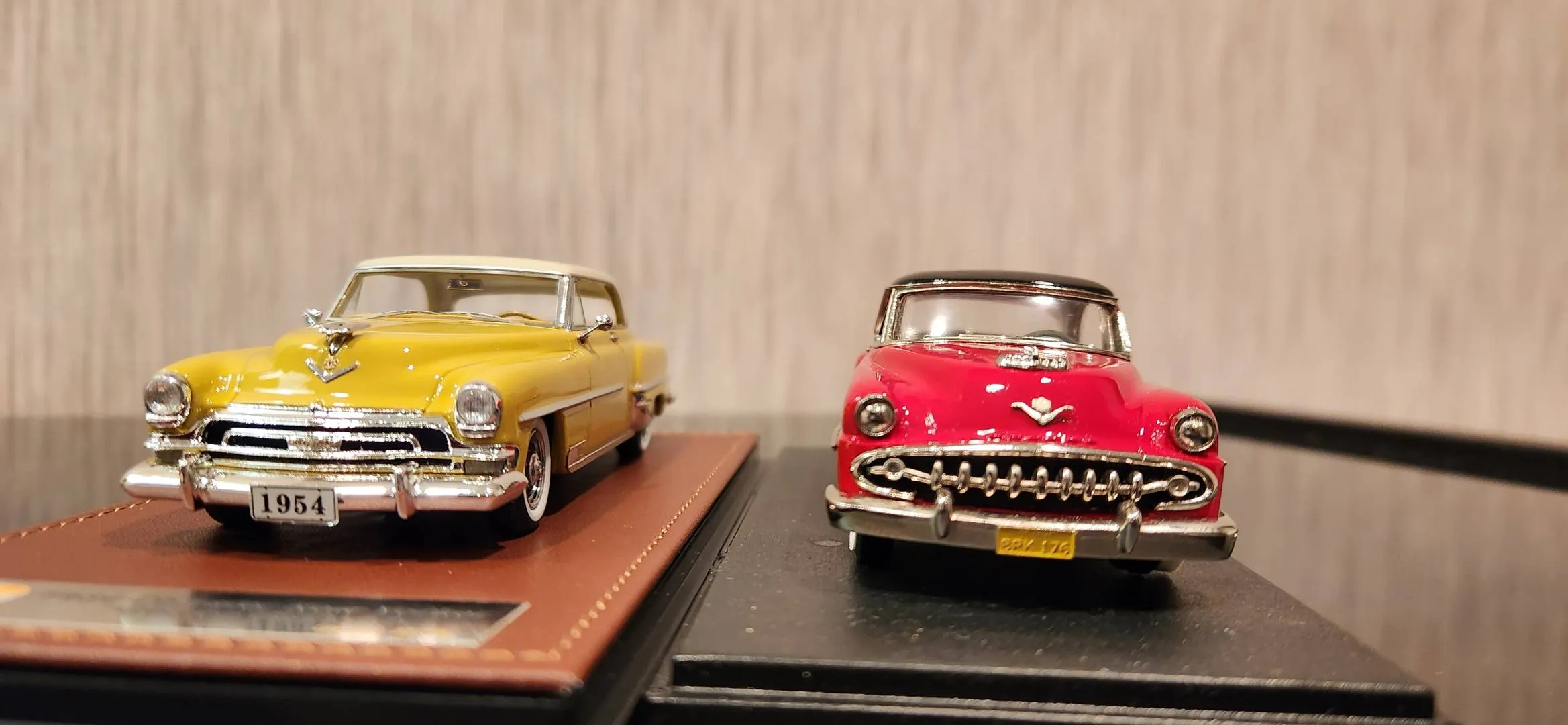
Resin models can be more fragile than diecast models, making them susceptible to damage. The production process can also be more expensive, leading to higher prices. While the detail is exceptional, resin models often lack moving parts, which may be a drawback for some collectors. Resin’s sensitivity to temperature changes can also pose challenges. These models can be more susceptible to scratches and breaks if not handled carefully. The higher cost and potential fragility are essential considerations for those considering purchasing resin models.
Understanding Diecast Models
Diecast models are typically made from a zinc alloy, often referred to as Zamak. This alloy is melted and injected into molds under high pressure, creating the various parts of the model. These parts are then assembled and painted. Diecast models are known for their durability and the ability to incorporate moving parts, such as opening doors and steerable wheels. They are a popular choice for collectors of all ages, offering a balance of detail, playability, and affordability. The robustness and inclusion of interactive elements add to the appeal of these models.
The Diecast Material
The primary material used in diecast models is a zinc alloy, known for its strength and durability. This alloy is capable of withstanding significant wear and tear, making it suitable for models that may be handled frequently. The weight of the material also adds to the model’s realistic feel. This robust nature makes diecast models an excellent choice for both display and play. The alloy’s ability to take detailed forms, combined with its durability, ensures that these models can endure handling and display without easily sustaining damage.
Diecast Model Production Process
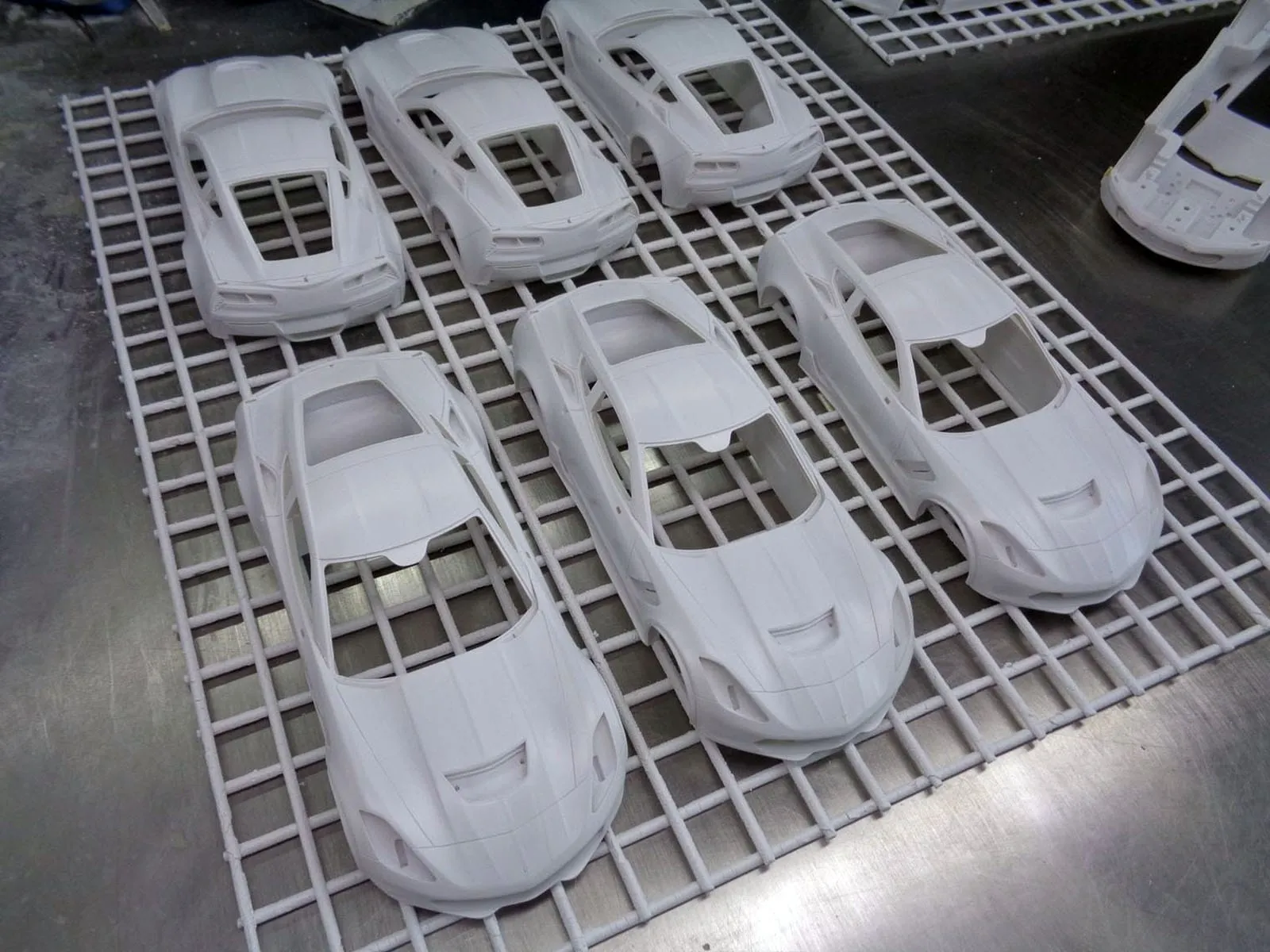
The diecast model production starts by creating the metal molds. Molten metal is injected into these molds under high pressure. This method allows for precise replication of complex shapes. Once the parts are cooled and solidified, they are removed from the molds. The parts are then assembled, and the model is painted and detailed. Diecast models often incorporate moving parts, which enhance their playability. This process results in robust and detailed models.
Pros of Diecast Models
Diecast models are known for their durability and can withstand rough handling. They often feature moving parts, such as opening doors and steerable wheels, enhancing their playability. Generally more affordable than resin models, diecast models provide excellent value. The sturdiness of diecast models means they can withstand handling, making them ideal for collectors of all ages. The moving parts and affordability make these models an appealing option.
Cons of Diecast Models
While durable, diecast models may not achieve the same level of detail and accuracy as resin models. The diecast production process can sometimes limit the intricacy of certain features. The paint can also chip over time with repeated handling. The emphasis on durability means that some of the more delicate details may be less refined than in resin models. The lower price point often translates to a slight trade-off in detail and sophistication.
Key Differences Head to Head
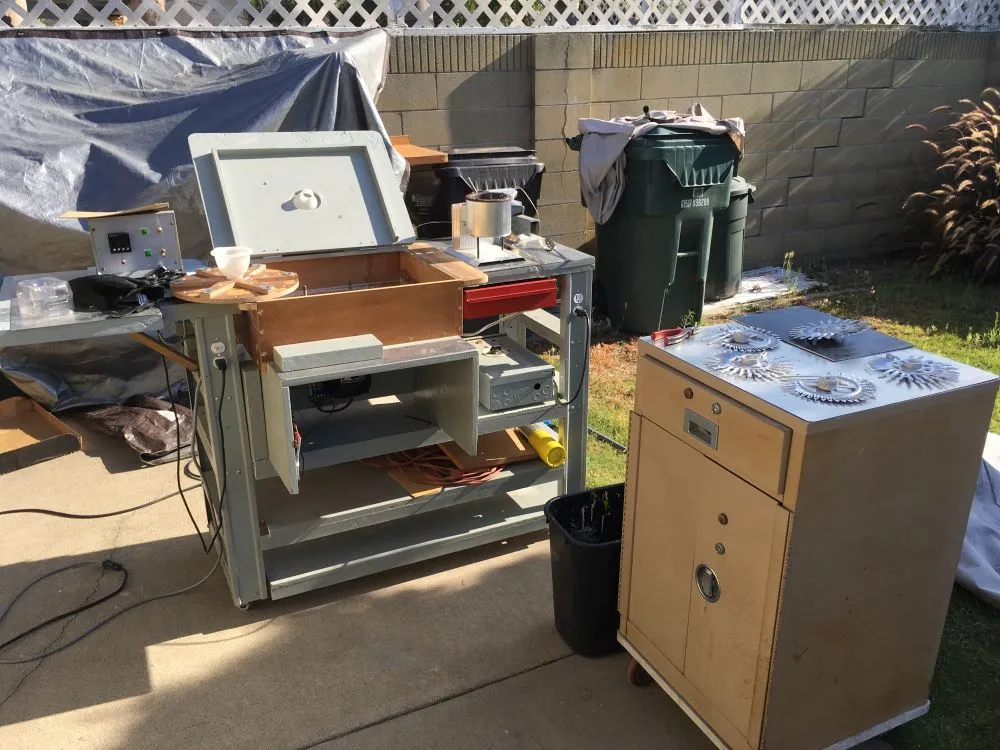
The most apparent differences between resin and diecast models lie in their materials, production processes, and the level of detail. Resin models are typically more detailed and accurate, thanks to the precision of the resin molding process. Diecast models, on the other hand, are celebrated for their durability and the inclusion of moving parts. This contrast makes each model type suitable for different purposes. The choice depends on the collector’s priorities and the intended use of the model.
Detail and Accuracy
Resin models generally offer superior detail and accuracy, often replicating complex features with remarkable precision. Diecast models are still detailed, but the manufacturing process might limit the level of detail achievable. For collectors who prioritize capturing every fine detail, resin models are the superior choice. Resin models can achieve intricate designs, making them visually stunning and appealing to collectors who value precise replicas.
Durability and Weight
Diecast models are more durable and can withstand more handling compared to resin models. The weight of diecast models can give them a more realistic feel. This durability makes diecast models a better choice for those who want to handle their models frequently or for younger collectors. The robust nature of diecast models makes them suitable for display and play.
Cost and Availability
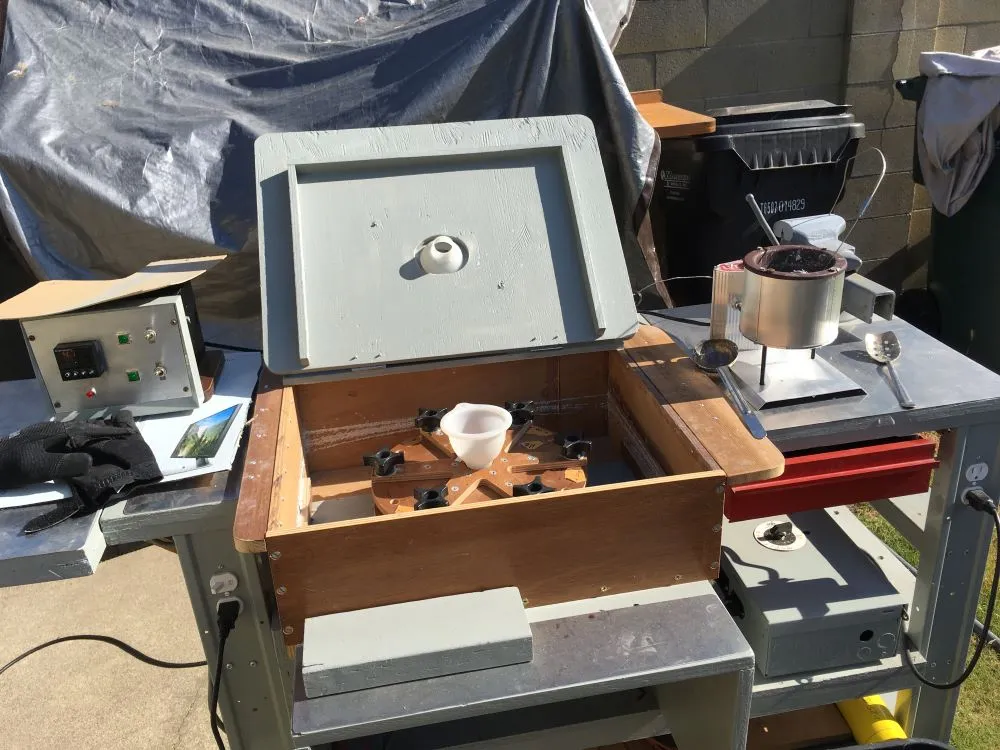
Diecast models are generally more affordable and widely available, making them accessible to a broader range of collectors. Resin models, being produced in smaller quantities, can be more expensive. The limited availability of some resin models can also increase their collectibility. Collectors often consider cost and availability when building their collections.
Which Model Is Right for You?
Choosing between resin and diecast models depends on your individual preferences and priorities. Consider the level of detail you desire, the importance of moving parts, your budget, and how you plan to display and handle the models. If detail and accuracy are paramount, then resin models may be the better choice. If you prioritize durability, playability, and affordability, then diecast models would be more suitable.
Factors to Consider When Choosing
When making your decision, think about how you intend to use the model. Will it be displayed, handled, or both? Also, consider the specific model you’re interested in, as detail and quality can vary among different manufacturers. Think about the long-term value of the model, if you’re considering collecting as an investment. Evaluating these factors will lead you to the most appropriate choice for your collection.
Collector Preferences
Collector preferences vary widely. Some collectors specialize in one model type, while others collect both resin and diecast models, appreciating the unique qualities of each. Research and read reviews to discover the strengths and weaknesses of different brands and models. Consider joining online forums or local collecting clubs to get insights from other enthusiasts and expand your knowledge. The ultimate goal is to build a collection that reflects your passion and interests.
Maintaining Your Models
Proper maintenance is crucial to preserving the condition and value of your models. This includes careful storage, regular cleaning, and protecting them from environmental factors like sunlight and extreme temperatures. Adopting these practices will keep your models in excellent condition for years to come.
Storing and Displaying Models
Store models in a cool, dry place away from direct sunlight. Consider using display cases or dust covers to protect them from dust and potential damage. Arrange your models thoughtfully to create an appealing display. Proper storage and display methods will help you enjoy your collection to the fullest and increase their lifespan. Ensure your models are protected from dust and sun exposure.
Cleaning and Care
Regularly clean your models with a soft cloth or a brush to remove dust and debris. Avoid using harsh chemicals or abrasive materials. Handle your models with care, particularly resin models, which may be more fragile. By adopting these basic cleaning and care routines, you can ensure your models retain their beauty and value over the years.
